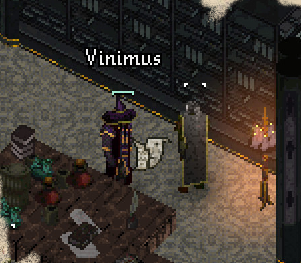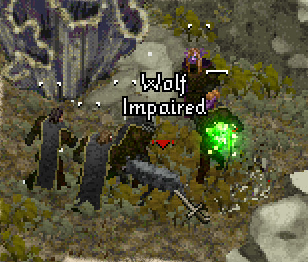This retro-looking isometric RPG is set in the world of Vol, a setting inspired by the late Bronze Age in a Transylvanian landscape and inhabited by unique races and gods, as well as creatures from Romanian mythology, Serpent in the Staglands begins with Necholai, a minor moon god, descending to the Staglands for a festival and finding himself trapped, the portal leading back home being blocked after the festival was over.
Necholai, who chooses which mortal body to take on in order to learn what happened and find a solution for his predicament, will be aided in his travels by up to four companions, any or all of which being either created at the beginning or recruited along the way. Created companions may not rejoin the party if they are ever removed. Recruited companions may be switched, but they may also decide to leave Necholai’s side unless they are soul bound, which is an ability Necholai may choose to use in order to remove their free will. Regardless of the choices made, care must be taken, because there is no way to revive dead companions, and Necholai is mortal as well, his continued survival obviously being necessary.
The character development system is classless, offering the player a large degree of freedom. And this degree of freedom also applies to exploration and even to following the story, players being expected to take their own notes and decide which steps to take in a world that does not revolve around them and a game which will not in the least hold their hand. It is not only possible, but highly probable to discover important clues or story elements out of order, perhaps by accident, and also to fail to grasp the importance of such a discovery.
The graphics are one more element intended to remind players of games released 20 or more years before Serpent in the Staglands, most notably due to the low resolution.
Cover Art:
Screenshots:




